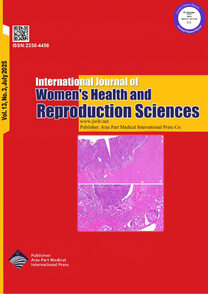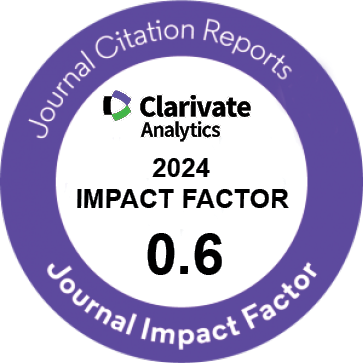| Original Article | |
| Ultra-structural Study by Transmission Electron Microscopy: Effect of Omega-3 on Ovary Cell Organelles after Experimental Induced Poly Cystic Ovary Syndrome | |
| Elahe Ouladsahebmadarek1, Arash Khaki2 | |
| 1Women's Reproductive Health Research Center, Tabriz University of Medical Sciences, Tabriz, Iran 2Department of Pathology, Tabriz Branch, Islamic Azad University, Tabriz, Iran |
|
|
IJWHR 2014; 2: 186-194 DOI: 10.15296/ijwhr.2014.27 Viewed : 4435 times Downloaded : 5117 times. Keywords : Estradiol-Valerate, Omega-3, Ovary, PCO |
|
| Full Text(PDF) | Related Articles | |
| Abstract | |
Objectives: Polycystic ovary syndrome (PCOS) is the most frequent cause of female infertility, affecting about 4% to 8% of women in the age of procreation. For evaluation the protective effects of omega-3 polyunsaturated fatty acid on ovarian structure in experimental PCO induced by estradiol-valerat, this research was done. Materials and Methods: Wistar female rats (n=40) were allocated into four groups, one control (n=10) and three test groups (n=30), that one group received omega-3 (60 mg/rat/orally/daily), second and third groups were induced PCO by single injection of estradiol-valerate (16mg/ kg/ i.m), third group also received omega-3 (240 mg/kg) for 60 consequence days. Animals were kept in standard conditions. On day 60, the ovarian tissue of Rats in whole groups were removed and prepared for pathological analysis. Results: vacuolated area and rough endoplasmic reticulum expanded, de-granulated, disorganized were seen in PCO groups; however, these side effects decreased in the groups that received omega-3 significantly (p<0.05) in comparison to experiment groups and ovarian weights in PCO experimental decreased significantly (p<0.05). Conclusion: Results revealed that administration of omega-3 could significantly treat PCO. This suggested that polyunsaturated fatty acid could diminish negative side effects of PCO on ovary tissue. |
Cite By, Google Scholar
Online Submission System
 IJWHR ENDNOTE ® Style
IJWHR ENDNOTE ® Style
 Tutorials
Tutorials
 Publication Charge
Women's Reproductive Health Research Center
About Journal
Publication Charge
Women's Reproductive Health Research Center
About Journal
Aras Part Medical International Press Editor-in-Chief
Arash Khaki
Mertihan Kurdoglu Deputy Editor
Zafer Akan






















